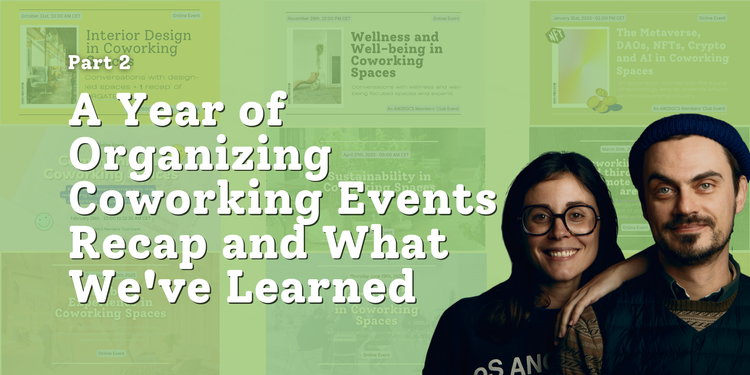Digital 52 2️⃣9️⃣ - Running a makerspace for a niche community, Educating, Growing in Impact, Downsizing the space: The Story of Brooklyn Shoe Space.

Are you ready to make your way to New York to discover a new type of collaborative space targeted at… shoemakers?
Education - Less than 150 sqm - Niche Communities
Read the full story of “Brooklyn Shoe Space” on page 246 of “Around The World in 250 Coworking Spaces”.
While exploring the world of community-driven spaces, we have discovered that the coworking model can actually be effective for many communities, even those we might not think about. The space we are about to introduce you to is one such example. In 2017, we spent several weeks in New York and visited nearly 50 coworking spaces. Some were located in churches or warehouses, some were targeting designers, and one of them was made for... shoemakers. When we first discovered Brooklyn Shoe Space, the space we are about to showcase, I recall how fascinated Dimitar was. Prior to Coworkies, Dimitar had actually designed shoes, a fact that made discovering this community feel like connecting two of his passions. During our visit to one of the iterations of Brooklyn Shoe Space (which we will be discussing later in this article), we were impressed by the team's efforts to democratize the art of shoemaking. Although the space was not large, it was well-designed and highly functional. But how did the idea of creating a coworking space specifically for shoemakers come about? How does it operate? And what does growth look like for this type of environment? You are about to find out.
➡️ A little refresher
Who’s behind the featured space?
Meet Keiko Hirosue-Korolev, the Founder of Brooklyn Shoe Space.

As to why Keiko started her own shoe-making space, she explained: “When I started shoemaking back in 2003, there weren't many resources available around me other than the one class I religiously took.
I wished there was a space where I could leave a mess, instead of schlepping everything to class, or instead of working in a small apartment trying to contain dust and cleaning up each time I work. I wanted to pass on the knowledge I got from learning from different teachers, and different methods, which was something hard to come by at the time unless you went to a shoemaking school abroad. I wanted to become a resource for people who make shoes.
I wanted knowledge and skills to be shared and passed on. As a maker, once I settled into my studio, I really wish for input and connection with other makers as well- it got lonely after a while. I had a small 500sq ft (50 sqm) space with basic equipment that I didn't fully use 24/7, so I decided to open my studio to other shoemakers.
Once I put the word out there, shoemakers and designers came knocking on my door to ask to use the equipment, and space, saying they missed making shoes as they worked in the corporate world. The community then naturally grew into having a bigger space with more members in 2014.”
➡️ Key Figures
- Opening year: 2009
- Size when they started: 160 sqm
- Size today: 100 sqm
➡️ A little tour around Brooklyn Shoe Space
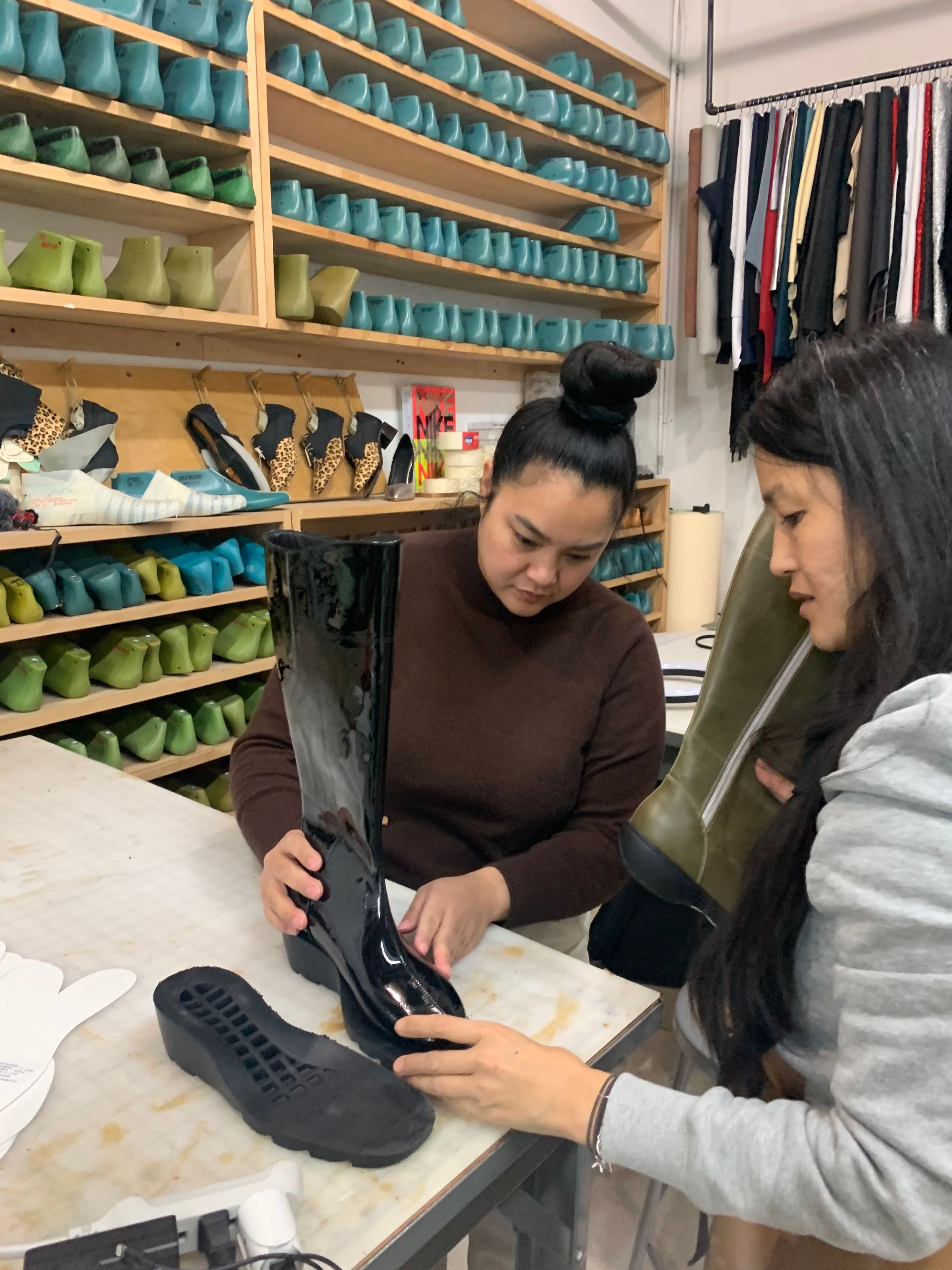

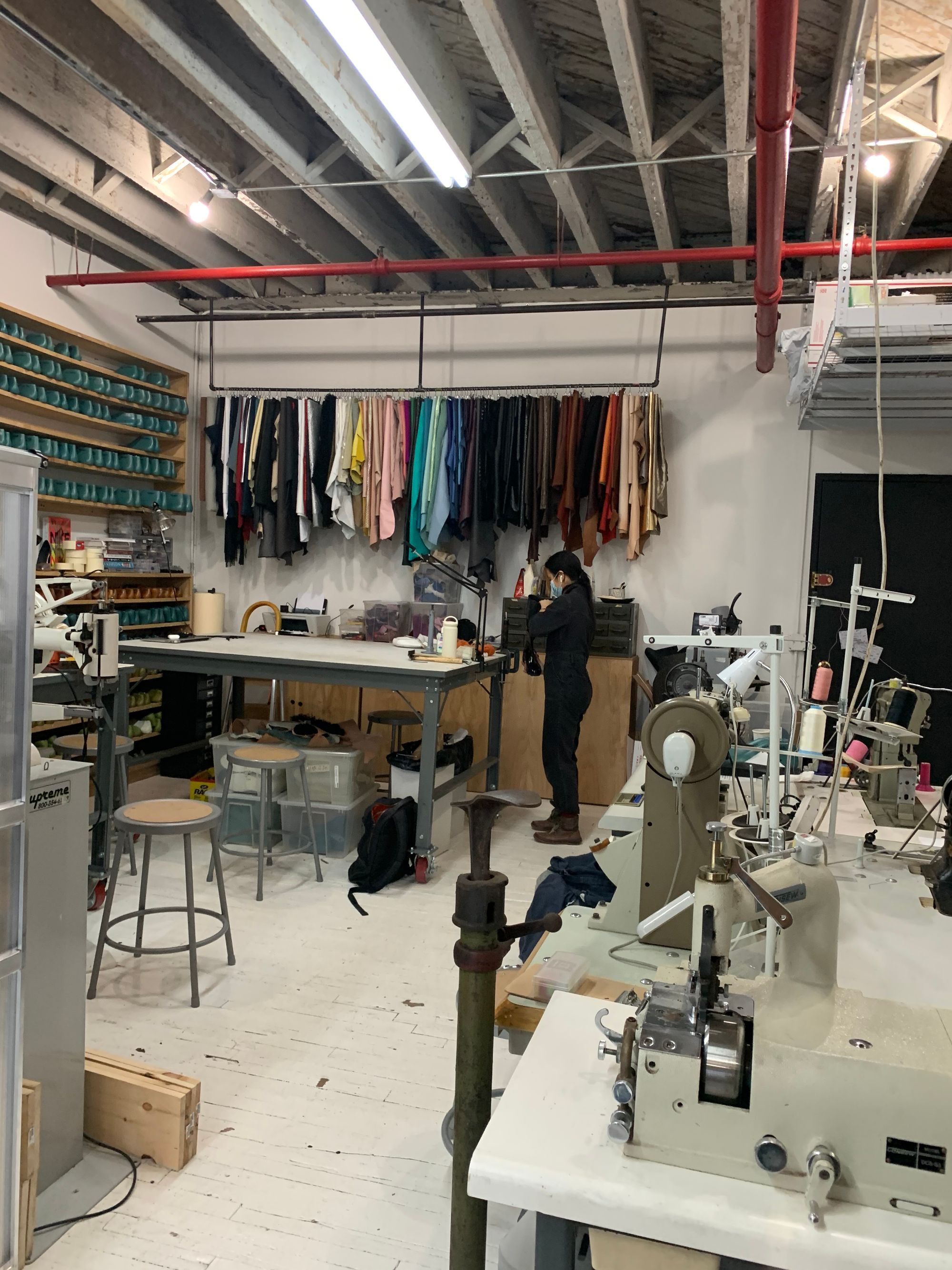
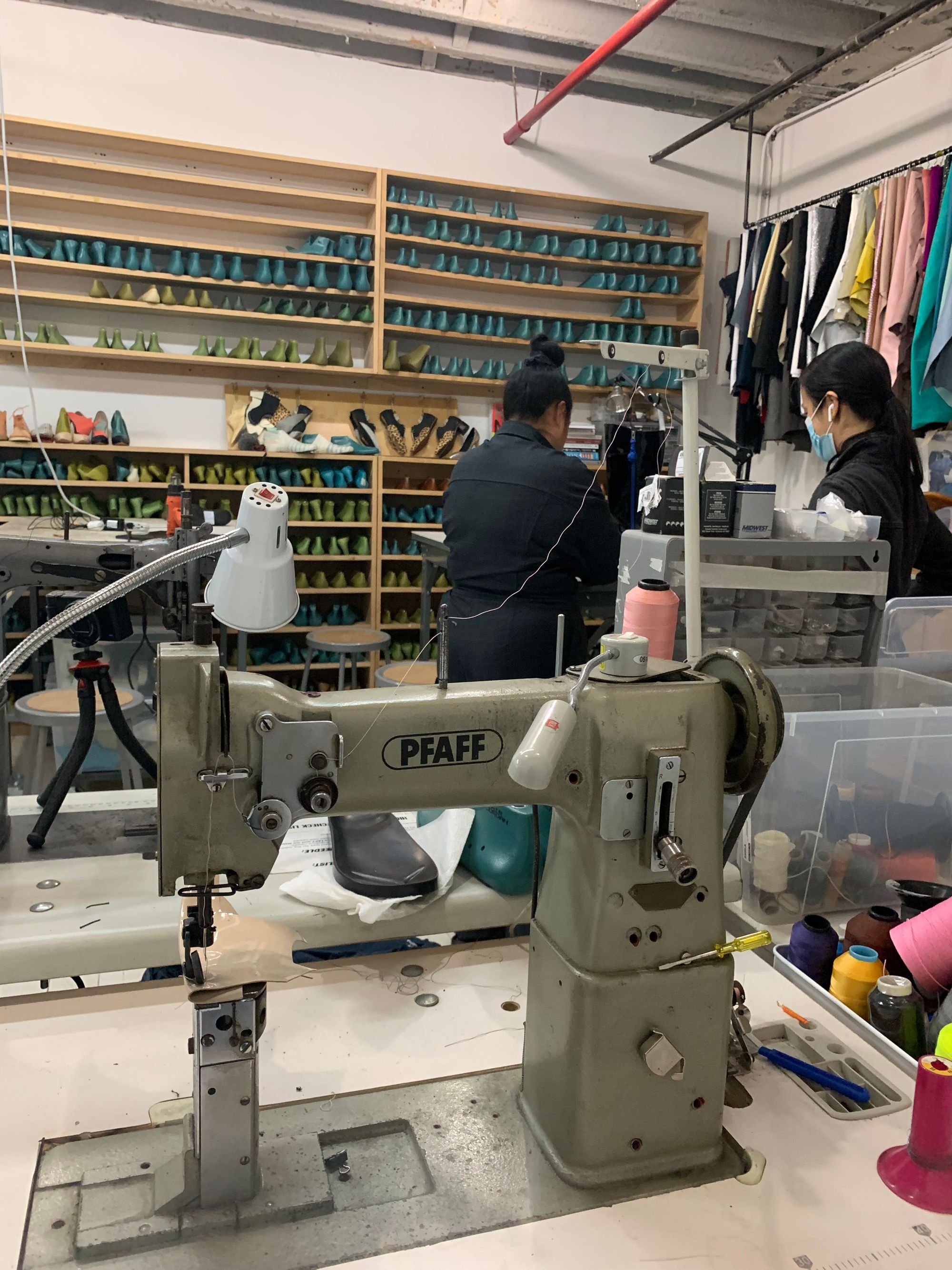

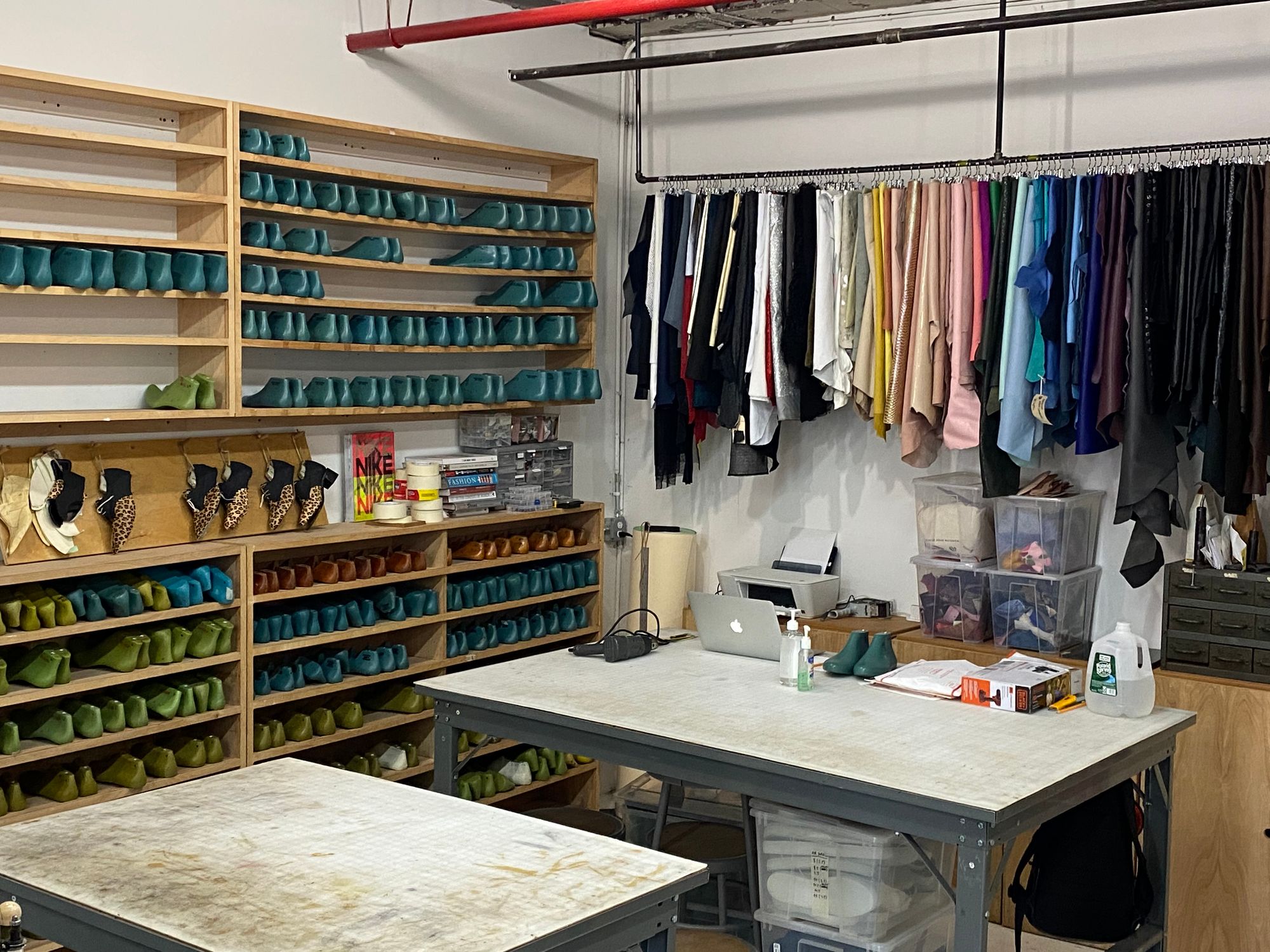
➡️ Behind-the-scenes
Things you didn't read in aw250cs
